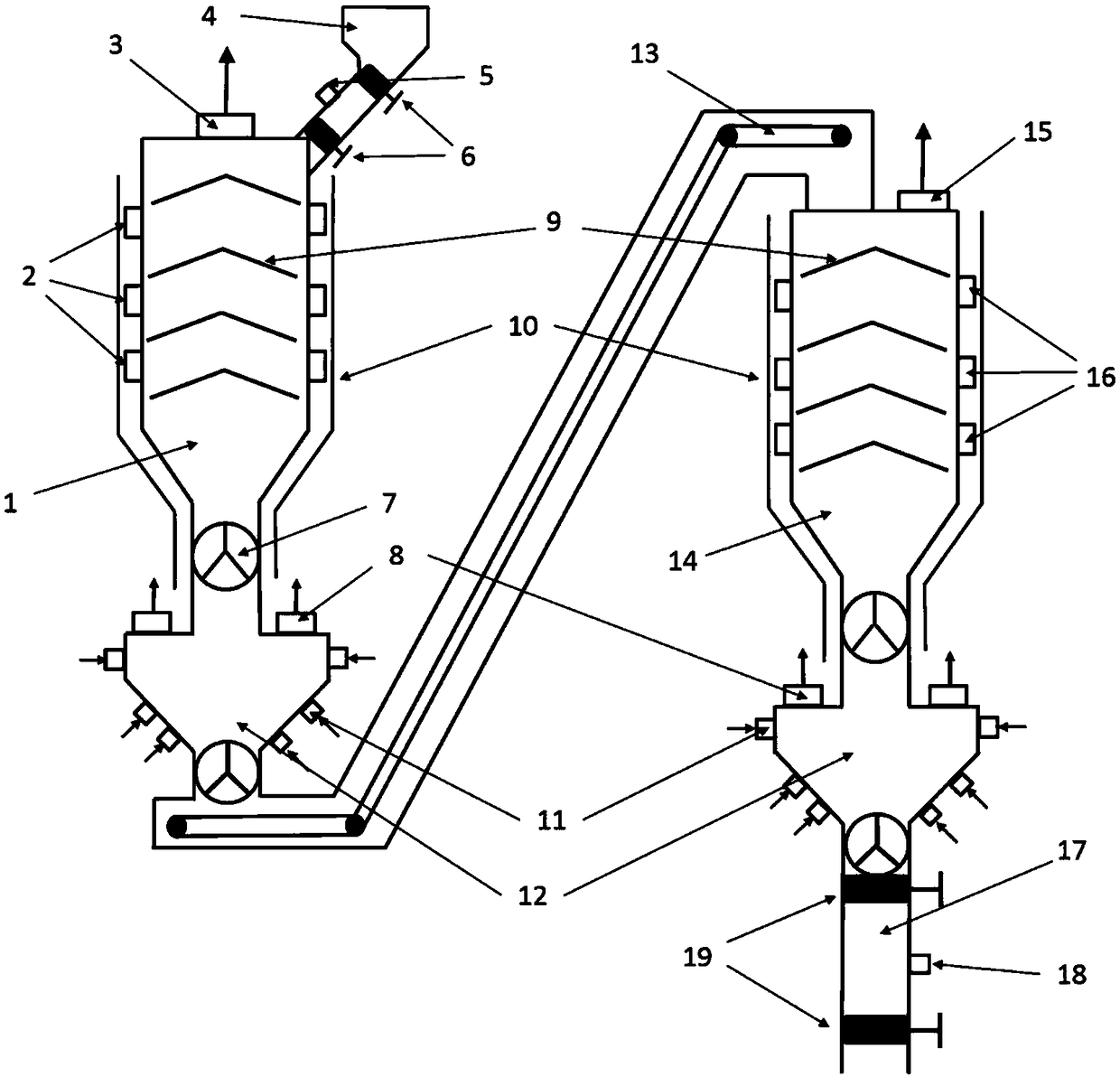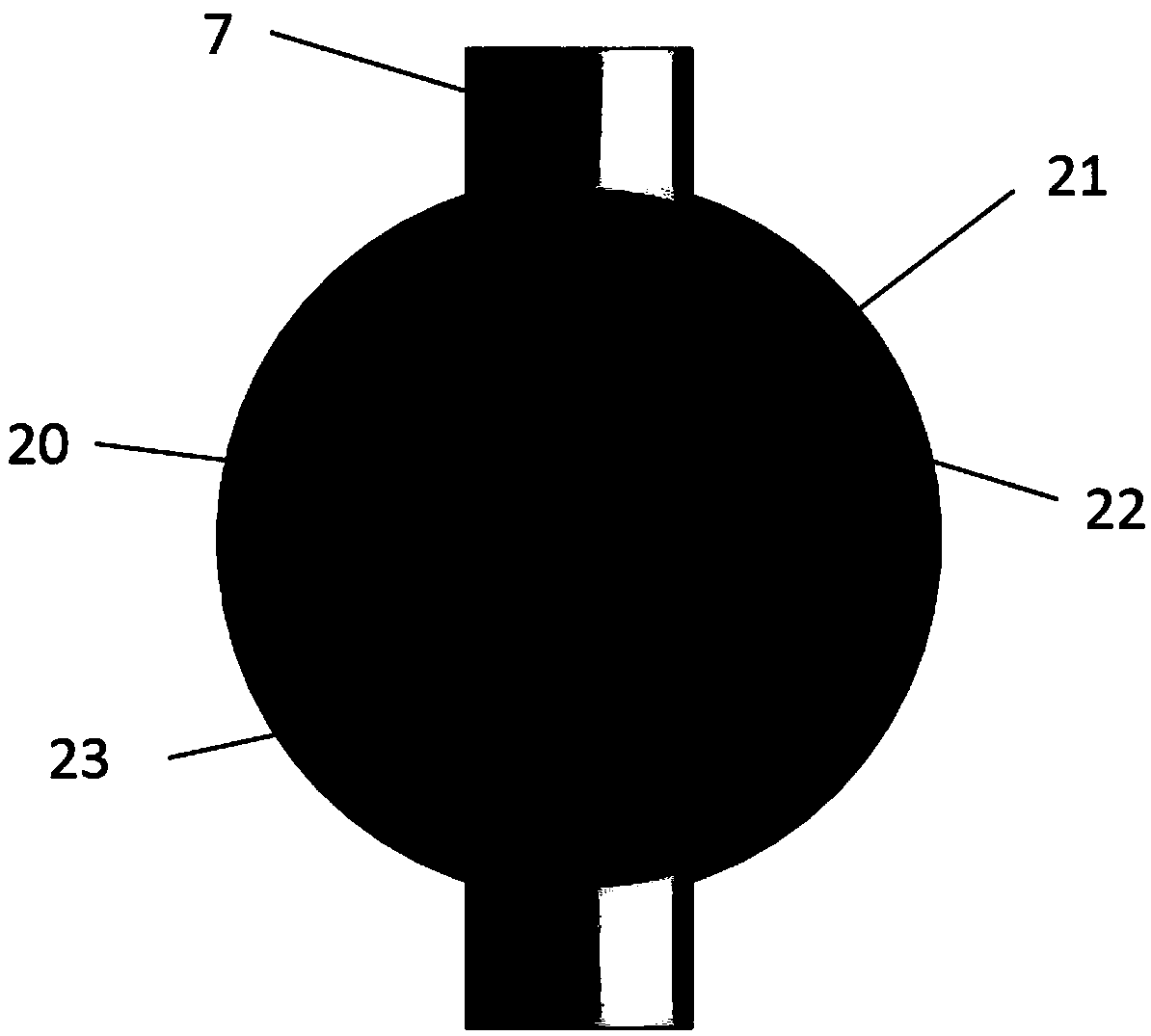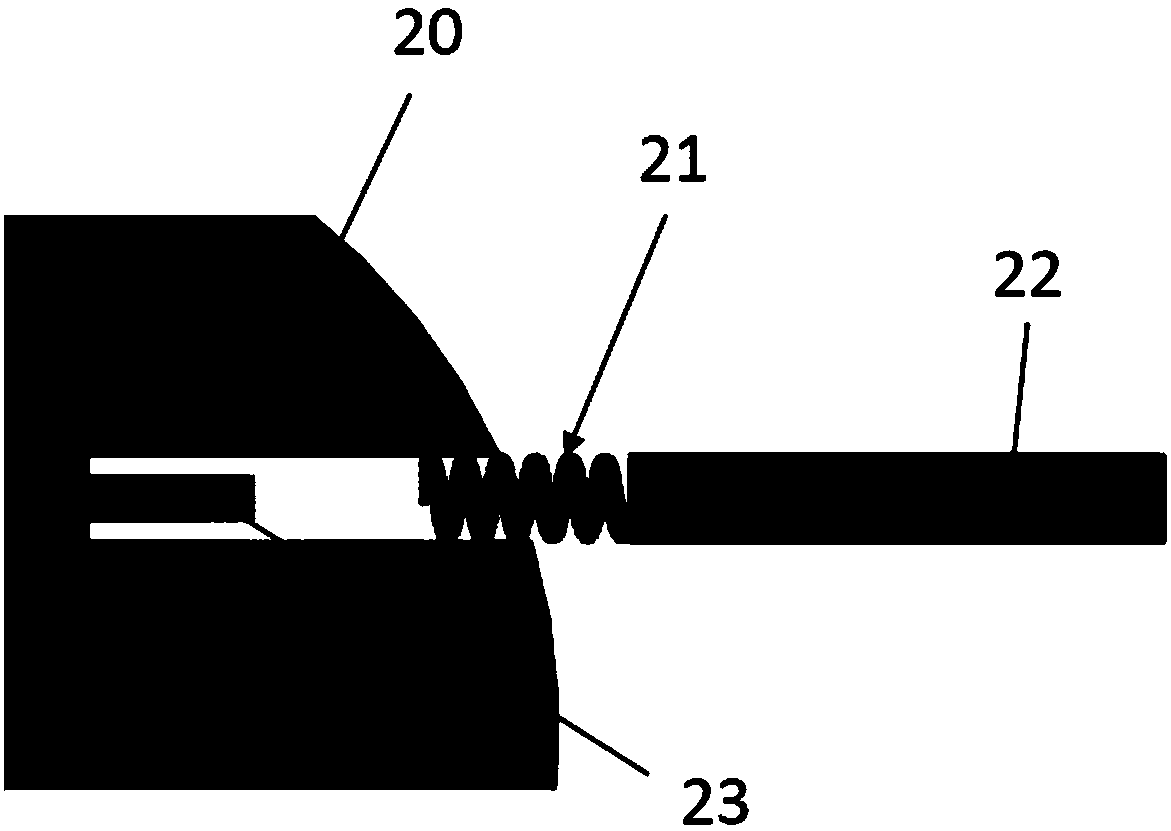Continuous atomic layer deposition equipment used for nano-particle surface wrapping
A technology of atomic layer deposition and nanoparticles, which is applied in the direction of coating, gaseous chemical plating, metal material coating process, etc., can solve the problems of easy aggregation of nanoparticles, limited dispersion of particles, and inability to achieve continuous atomic layer deposition. Achieve the effect of avoiding reunion and improving utilization
- Summary
- Abstract
- Description
- Claims
- Application Information
AI Technical Summary
Problems solved by technology
Method used
Image
Examples
Embodiment Construction
[0024] In order to make the object, technical solution and advantages of the present invention clearer, the present invention will be further described in detail below in conjunction with the accompanying drawings and embodiments. It should be understood that the specific embodiments described here are only used to explain the present invention, not to limit the present invention. In addition, the technical features involved in the various embodiments of the present invention described below may be combined with each other as long as they do not constitute a conflict with each other.
[0025] Such as figure 1 As shown, a continuous atomic layer deposition equipment for nanoparticle surface coating provided by the embodiment of the present invention includes a feed bin 4, a first reaction chamber, a second reaction chamber and a discharge bin 17, wherein the feed The chamber 4 is used to control the entry of the nanoparticles into the first reaction chamber, where the nanopart...
PUM
 Login to View More
Login to View More Abstract
Description
Claims
Application Information
 Login to View More
Login to View More - R&D
- Intellectual Property
- Life Sciences
- Materials
- Tech Scout
- Unparalleled Data Quality
- Higher Quality Content
- 60% Fewer Hallucinations
Browse by: Latest US Patents, China's latest patents, Technical Efficacy Thesaurus, Application Domain, Technology Topic, Popular Technical Reports.
© 2025 PatSnap. All rights reserved.Legal|Privacy policy|Modern Slavery Act Transparency Statement|Sitemap|About US| Contact US: help@patsnap.com



